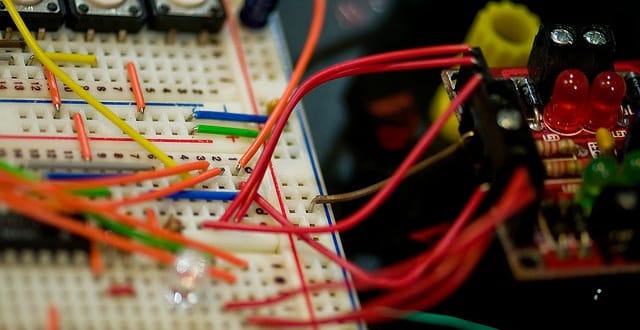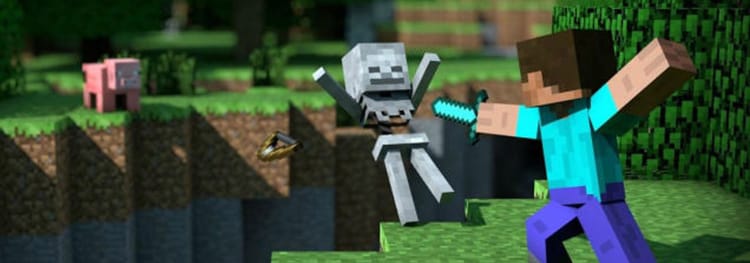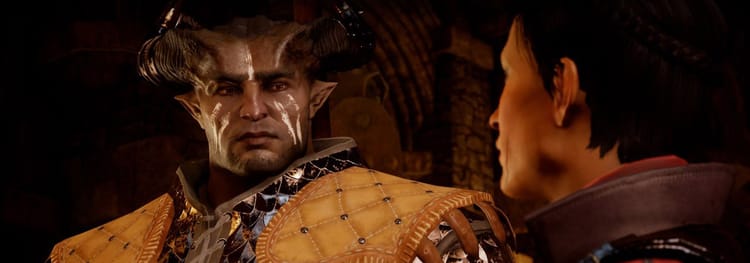Getting Closer to Our Bodies, One Missing Limb at a Time

In 2007 Vilayanur S. Ramachandran, a researcher at University of California, San Diego, devised a new way to treat phantom limb pain, a condition thought to afflict 80 percent of those who’ve lost an arm or leg. The phenomenon presented a challenge to the commonly accepted model of how pain works: a nerve ending experiences some potentially damaging stimulus and sends a signal to the brain, which interprets the signal as a threat and creates the sensation of pain. Many had hypothesized that phantom limb pain was a result of trauma to the nerve fibers connecting the brain to the stump, which continued to fire or misfire, tricking the brain into thinking the departed appendage was still in trouble.
Ramachandran wondered if the opposite might be true. The experience of pain wasn’t coming from outlying nerve fibers but was instead originating inside the brain absent of any nerve signals. Traditional treatments for the condition would have prescribed drugs to numb the overall experience of pain, or, in special cases, attempted to sever the problematic nerve fibers’ connection to the brain. Ramachandran decided instead to address the brain itself.
He devised a therapy using mirrors to trick the brain into thinking the patient had both limbs back. Ramachandran devised a box with two openings, one for the arm and one for the stump of the missing limb. A mirror was placed inside the box to transpose the reflection of the healthy limb into the place where the severed limb would have been. When patients looked down into the box and moved their healthy limb they would thus have the sensation that the phantom limb was moving right alongside it, tricking the brain into thinking the arm was still there.
Initially, the therapy was amazingly successful, with many patients reporting immediate lessening of pain and, over prolonged use, near total elimination of the condition. Walter Reed Army Medical Center conducted its own experiments using Ramachandran’s mirror box technique and had similarly impressive results. Building on Ramachandran’s ideas, a team at the University of Manchester—the Advanced Interfaces Group—began work on an interactive game where amputees control a full-bodied avatar through a series of simple physical moves using an Kinect and VR goggles. While the patient waves their stump they will see the full arm of their avatar in the game move, and hopefully offer a similar diminution of pain.
Videogames have been used to lessen the experience of pain for years. In 2006 a student research team from Wheeling Jesuit University devised a study that showed a person’s pain tolerance was significantly higher when subjects were playing videogames, measured by how long a subject could handle by immersing their hand in ice water. Videogames have also been used to constructive effect in lowering the pain experienced by burn victims during the often torturous hours of rehabilitation, where scar tissue must be repeatedly torn apart to prevent deformation. Dr. Hunter Hoffman of the University of Washington created the VR game, SnowWorld, which has players shooting snowballs while trekking around a wintry mountain. Another researcher, Sam Sharar at Washington University, speculated that the game could be as effective as an intravenous does of hydromorphone, a semi-synthetic opioid derived from morphine. Sharar also found the analgesic effect of SnowWorld was significantly increased when played with VR goggles.
The further our understanding of videogames grows, the less game-like its strongest elements will become.
If simulations of an experience—having an arm again; whooshing down a snowy mountain—can alter the brain’s perception of pain, how far could videogames go in writing pain into their simulations, not simply as a visual metaphor but as a direct simulation that the brain registers as a real, physical experience? If looking at a mirror image mirage of an arm can stop the brain from looking for panic signals, could a VR simulation of a limb set on fire cause the brain to feel some shade of pain?
Ramachandran’s theory that the brain can create sensory experience in the absence of physical stimuli extends to all sorts of physical experiences. In 2008, Atul Gawande documented a strange case of phantom scalp itching in a woman suffering complications from an HIV infection and heroin addiction. Despite having killed 95 percent of the nerve endings in her scalp as a result of incessant scratching, the woman still reported an intense and continuous desire to scratch. During the night she would unconcsiously claw herself, and eventually scratched into her own brain cavity, leading her to be institutionalized and forced to sleep with wrist restraints and a protective helmet.
As with phantom limb pain, this sensation is theoretically created in the brain, which overcompensates for the lack of regular signals sent from the scalp by cycling through previously experienced physical sensation. It may, in fact, be that memory plays a crucial role in the perception of physical experiences. Our senses our not simply collections of input from nerve endings, but the result of interpretation of those stimuli. When those stimuli are unclear—or absent—the brain will rely on its own stores of memory to interpret what is happening. This connection between memory and interpretation has been well documented with other senses. Richard Gregory, a British neuropsychologist, has suggested memory is responsible for 90 percent of our sense of vision.
Toward the end of Dead Space: Extraction, there is a scene where the player is pinned to the hull of a spaceship while fighting a giant tentacle monster. The only way to survive is to cut your character’s arm off so that he can escape back into the ship. The scene is simultaneously powerful and anticlimactic, requiring a few shakes of the Wii’s nunchuk to simulate chopping motions, each one going deeper into the bony arm before the deed is finally done. Viewing the scene on a flat screen adds to the sense of artifice, with only a few rumbles from the controller’s pulsating motor to underscore the consequences of what you’re doing.
While few people have memories of cutting off their own arm, the idea speaks to an instinctive repulsion many people have when exposed to the grotesque dismantlings of the human body, an exponential amplification of the memory of kitchen knife nicks and adolescent broken bones. The idea does not translate into a direct physical experience, but it evokes a reaction in the same way that videos of skateboarders breaking their arms and legs on metal railings causes flashes of nausea and increased muscle tension—symptoms of a body gone into shock.
Videogames have been used to lessen the experience of pain for years.
How much more painful might an experience like Extraction’s arm severing be if presented in VR goggles and done in conjunction with devices to simulate puncture pain using concentrated heat (similar to Sharar’s faux-spinal tap contraption), maybe in conjunction with some directed bursts of air to simulate heft and momentum of a blunt object being swung? If senses are 90-percent interpretative, how close to a full experience of pain could we get by manipulating our brain’s function with game design built around physical instead of competitive consequence? Is there an ethical distinction between expressing a grotesque idea and forcing a person to literally act one out?
It’s often argued that videogames are, at heart, games, a belief as wrong-headed as arguing that cinema is essentially theatrical. The further our understanding of videogames grows, the less game-like its strongest elements will become. Videogames are freed from the win/lose constraints games so often fall back on, in the same way that cinema was able to create impressions and sensations freed from the heavy formalism of plot performance. In videogames we consent to having our own perceptions manipulated to the point of breakdown. If we accept that games can help us heal ourselves, we are implicitly admitting they can hurt us. Like anything important, then, their benefits and dangers should be viewed coequally. At the same time, whatever limits we put on the bad, we axiomatically apply to the good. Imagining their future leaves us with the still unanswered question of how much pain we’re capable of tolerating in pursuit of the good.
Photograph by thorinside



